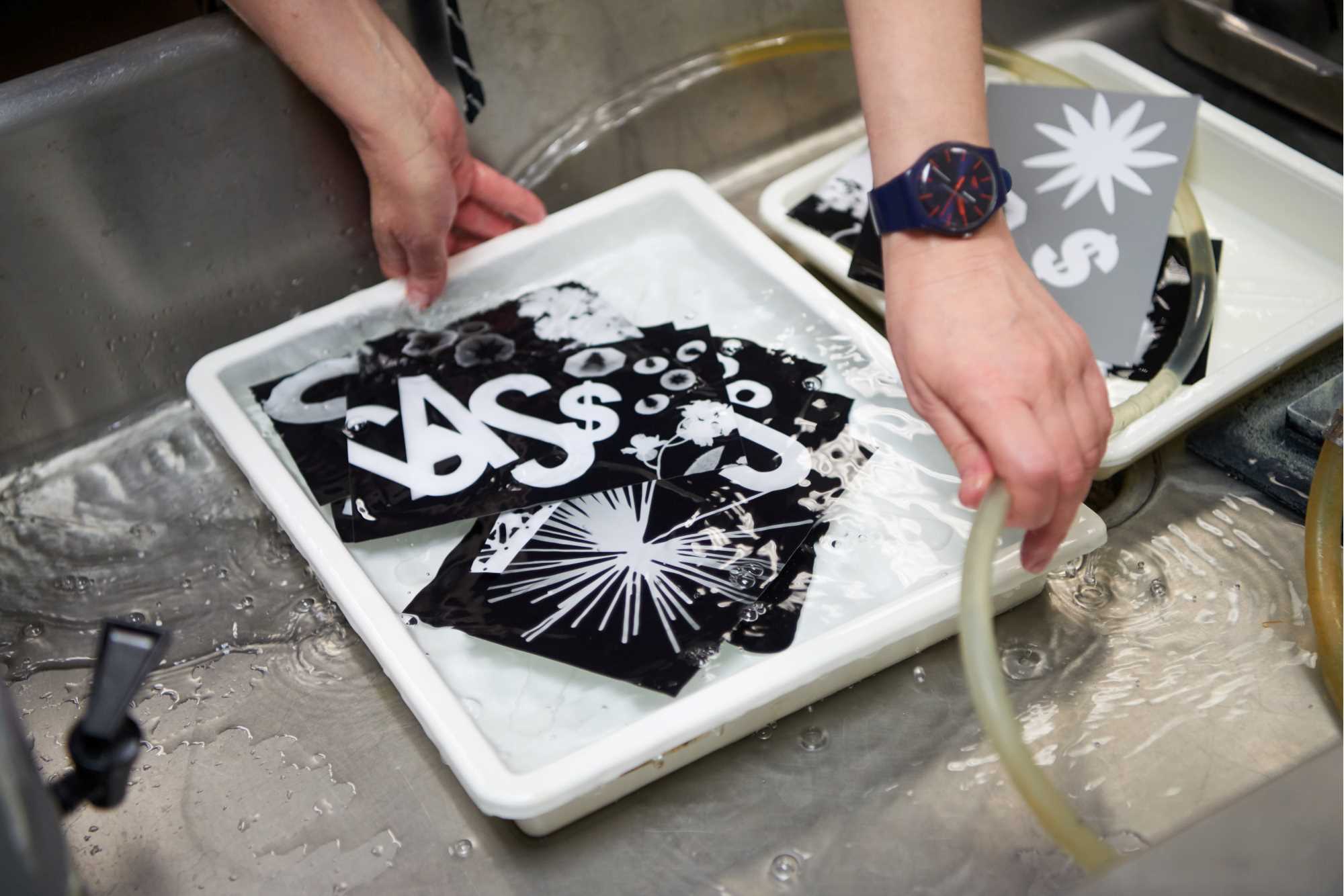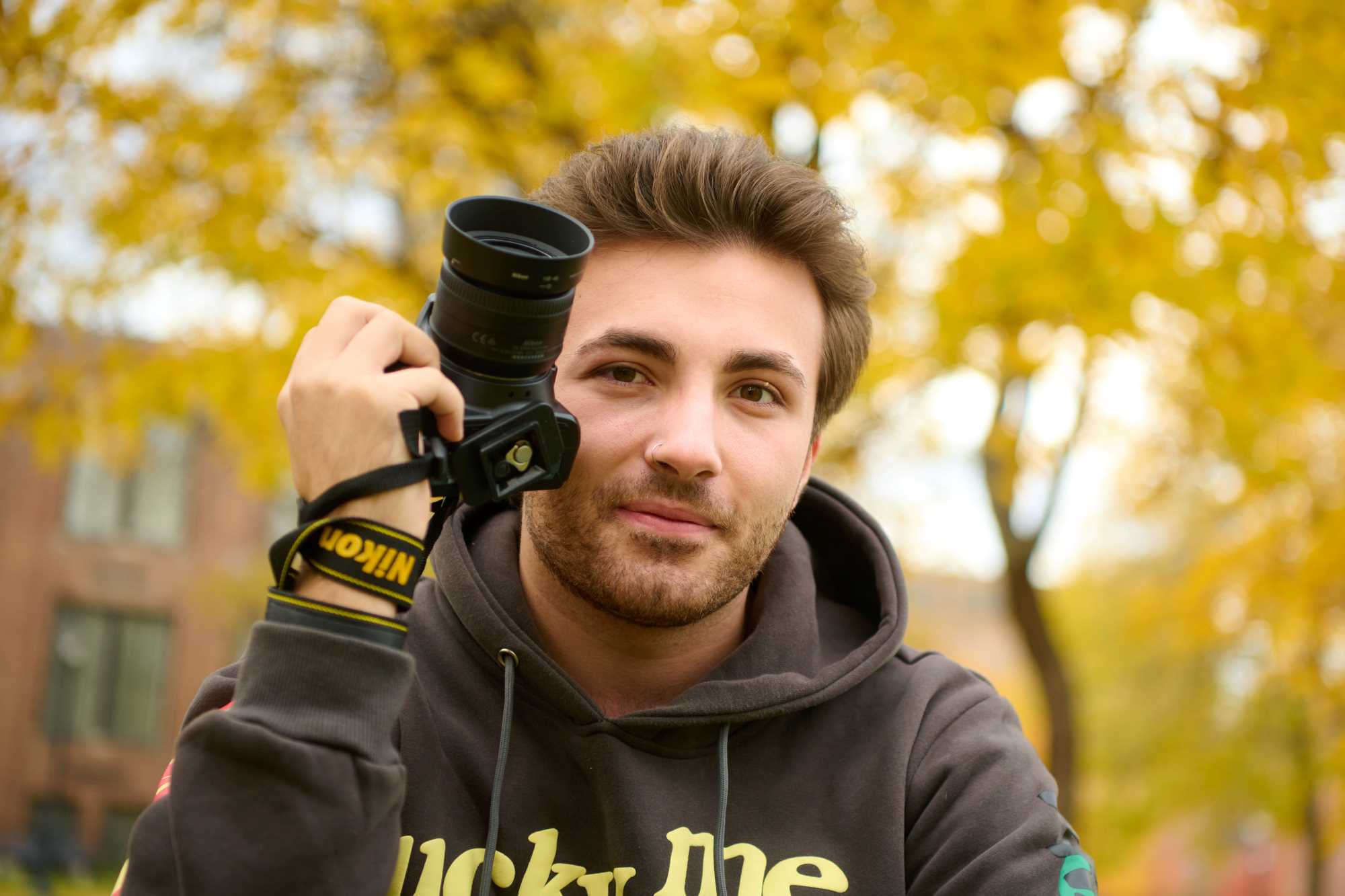Photography program
Find your creative voice
In today’s world, photography is everywhere. Social media, websites, billboards and magazines on the grocery store racks are filled with images. Photography is a growing part of our global language.
Students in a variety of disciplines choose a photography minor because the creative expression and problem solving they gain to advance their career goals.
UWL’s Photography Minor takes a hands-on approach to teaching photography in a communal and creative setting.
Careers that benefit from a photography minor
Visual literacy and creative thinking gained in photography classes apply to almost any discipline or career. An understanding of photography also enriches diverse fields such as marketing, anthropology, design, literature, environmental studies and more. Some graduates have pursued their own photography business while others have gone on to earn a Master of Fine Arts degree.
Photography alumni careers
- Studio photography
- Portraiture
- Marketing
- Visual, digital communication
- Teaching
- Photo editing
- Art direction
- Photo journalism
What distinguishes UWL's Photography Minor?
Students learn deep focus and concentration in the study of photography. They work extensively on reworking, editing, and sequencing their photos into a developed and meaningful project.
Students learn to objectively identify critical visual elements of photography. They also learn to critically analyze photographs in relation to the fields of art history and photography.
Students have access to a photography lighting studio, digital photography studio and wet dark room that mirrors what students will encounter in the professional setting. The communal studio space includes access to large scale printing and professional scanning.
UWL’s photography minor is a collective, communal experience where students are encouraged to interact and learn from one another. Students learn how to receive feedback and critique others. Class sizes are capped at 15 students.
Students will learn camera operation; digital printing; digital image manipulation; studio lighting; early historical photo processes; black and white film processing and dark room printing; print finishing and mounting; curating and exhibiting photographs; visual analysis, group critique and communicating visually.
Student’s ideas drive the techniques they use. Students gain full comprehension of materials so that they can make informed choices as to what they want to use. Idea, technique and materials work together.
Through assignments students learn self discovery. They become equipped with the confidence and the ability to generate their own self-realized photographic projects that are visually and intellectually engaging.
Students will complete the minor with a portfolio or photographic works. The aim is for students to be active contributors to visual content within art and culture.
The minor takes a hands-on approach to photography. Through practice, students learn to understand the camera in and out and take photos with intention.


















